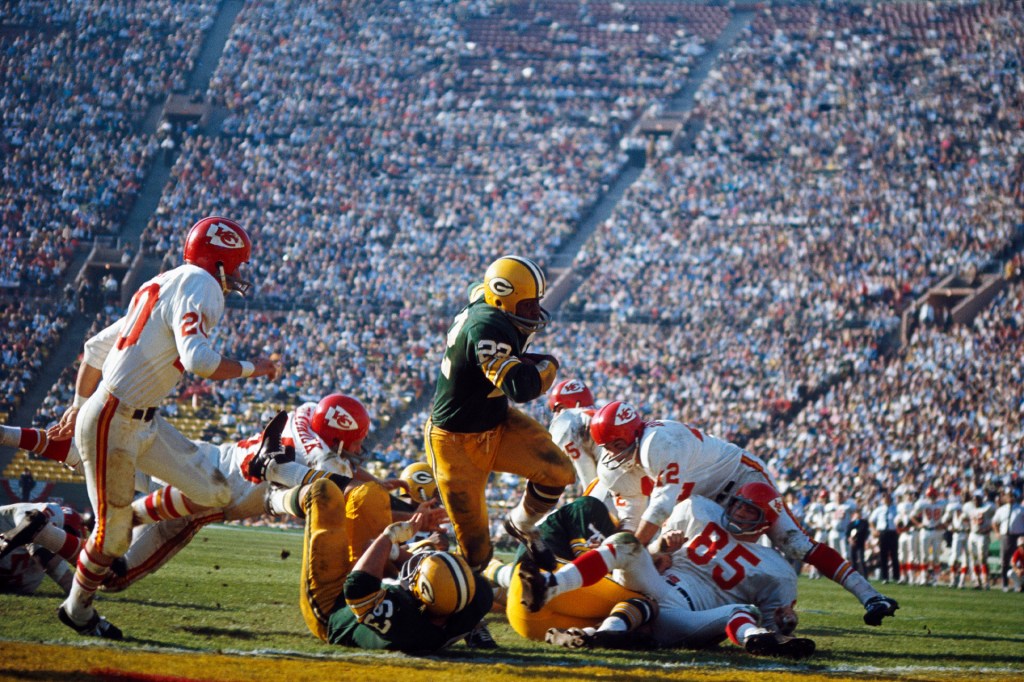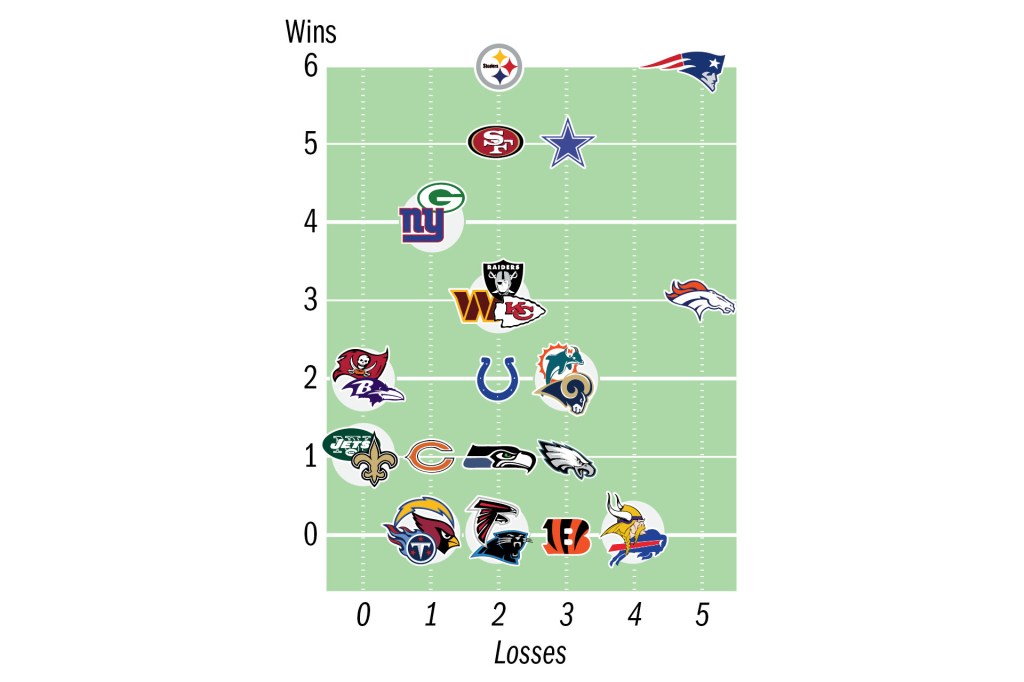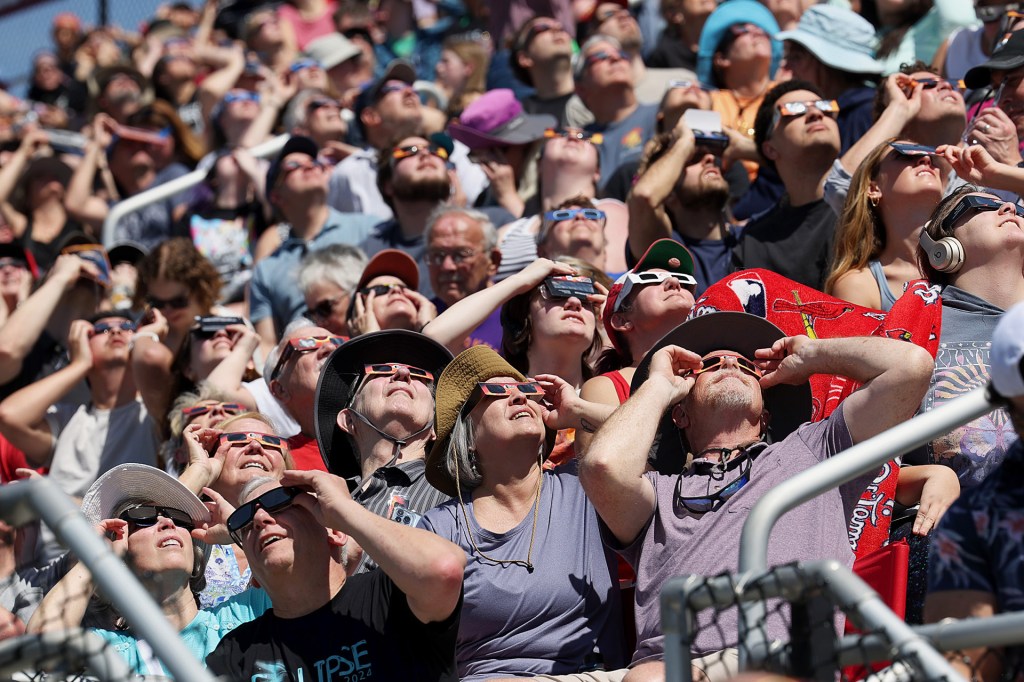Super Bowl History

The Super Bowl is America’s biggest sports event. More than 100 million people tune in to watch the big game. Let’s take a look at its history.
There used to be two competing professional football leagues: the National Football League (NFL) and the American Football League (AFL). In 1967, they played a championship game at the end of the season.
At the time, Lamar Hunt owned the AFL’s Kansas City Chiefs. He’d been inspired by his children’s toy Superball when suggesting a name for the championship game. In 1966, he wrote to NFL commissioner Pete Rozelle, “I have kiddingly called it the ‘Super Bowl,’ which obviously can be improved upon.” By the time the two leagues merged, in 1970, the name had stuck.
Super Bowl I was held in Los Angeles, California, on January 15, 1967. The NFL’s Green Bay Packers won 35–10 over the Chiefs. It was the only Super Bowl in history that failed to sell out. Tickets cost around $10 to $15 (about $93 in today’s money).
The Pittsburgh Steelers and New England Patriots are tied for the most Super Bowl wins (see “Super Standings”). Twelve teams have yet to win a Super Bowl. And four teams—the Detroit Lions, Cleveland Browns, Jacksonville Jaguars, and Houston Texans—have yet to appear in one.
Super Standings
This chart shows each team’s Super Bowl wins and losses. It’s accurate at press time, before Super Bowl LVIII on February 11.

MAYBE NEXT YEAR? The Browns, Jaguars, Lions, and Texans have not yet played in a Super Bowl.
LON TWEETEN FOR TIMEStop & Think! How can the chart be made accurate after the results of Super Bowl LVIII are in? Which two icons need to move, and where to?












